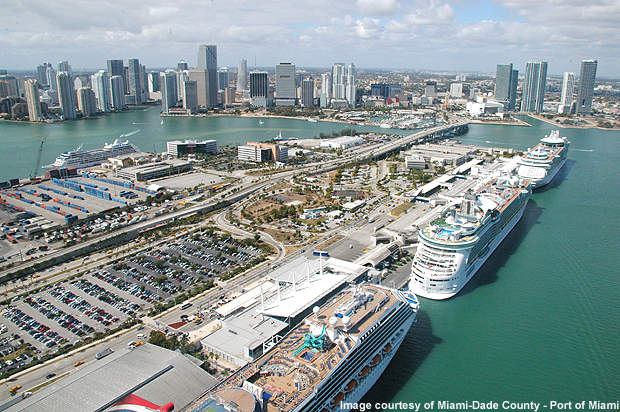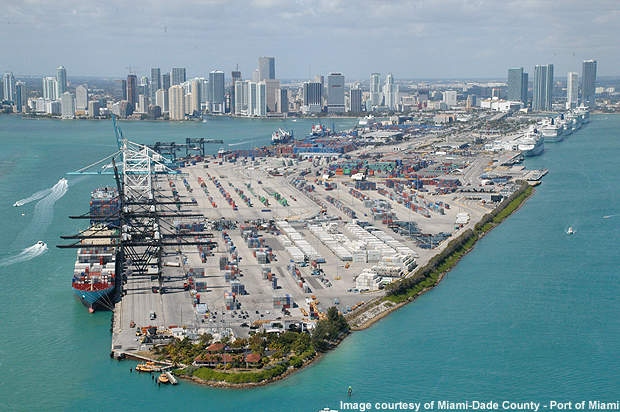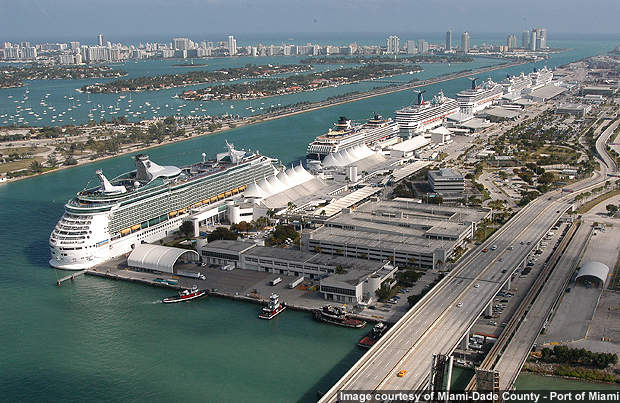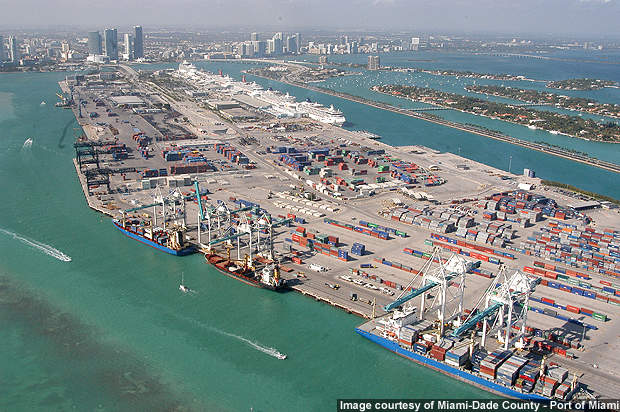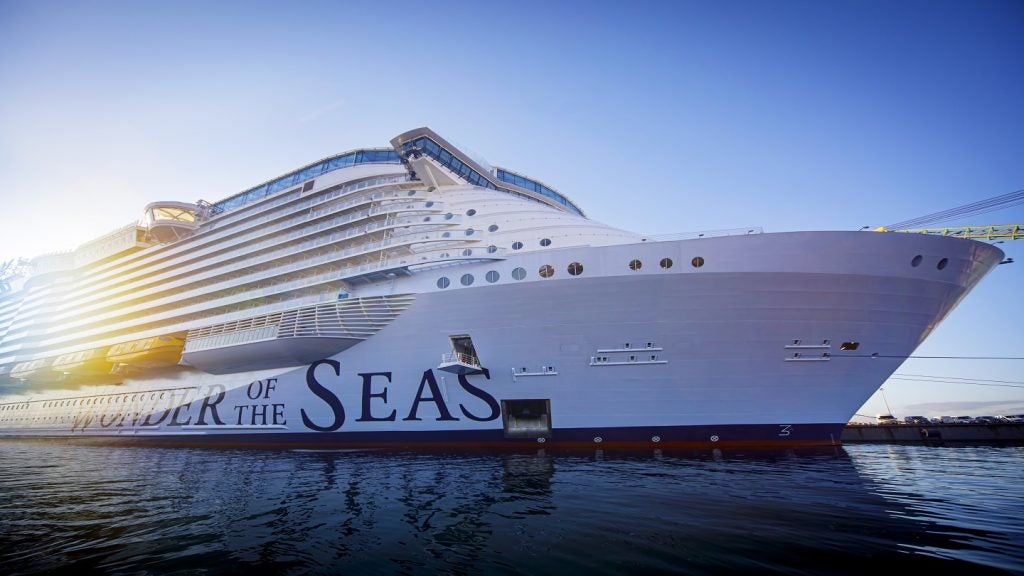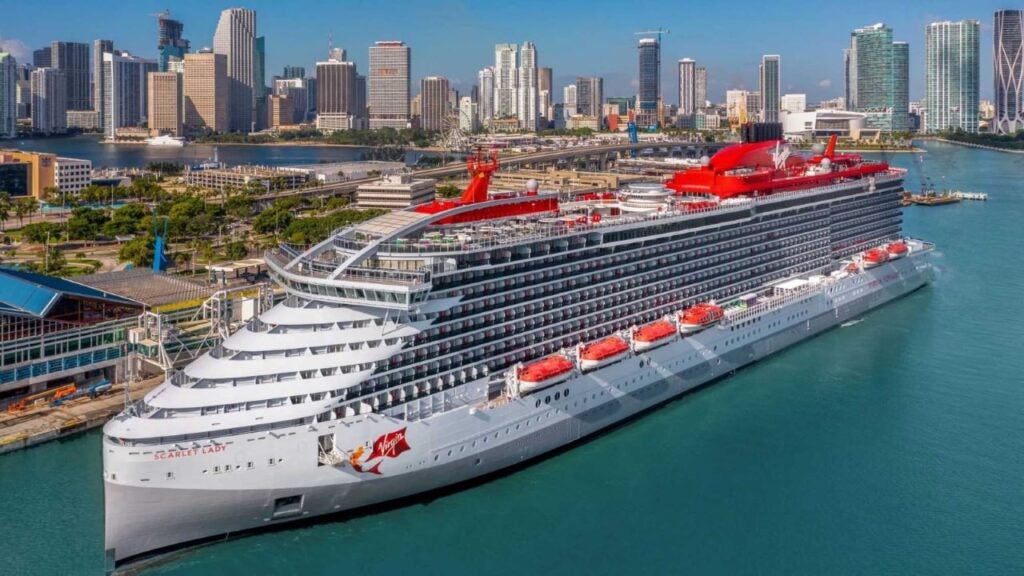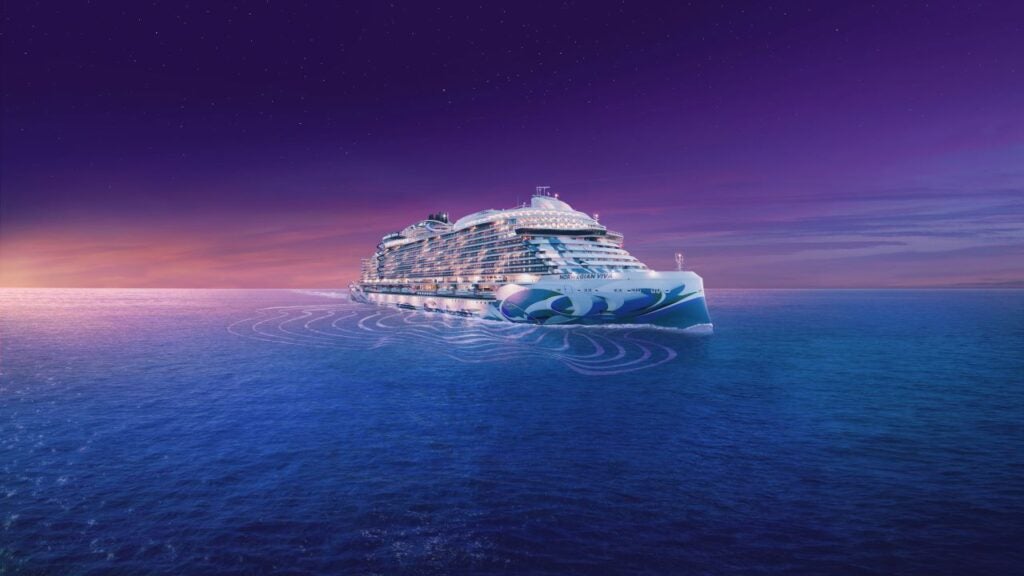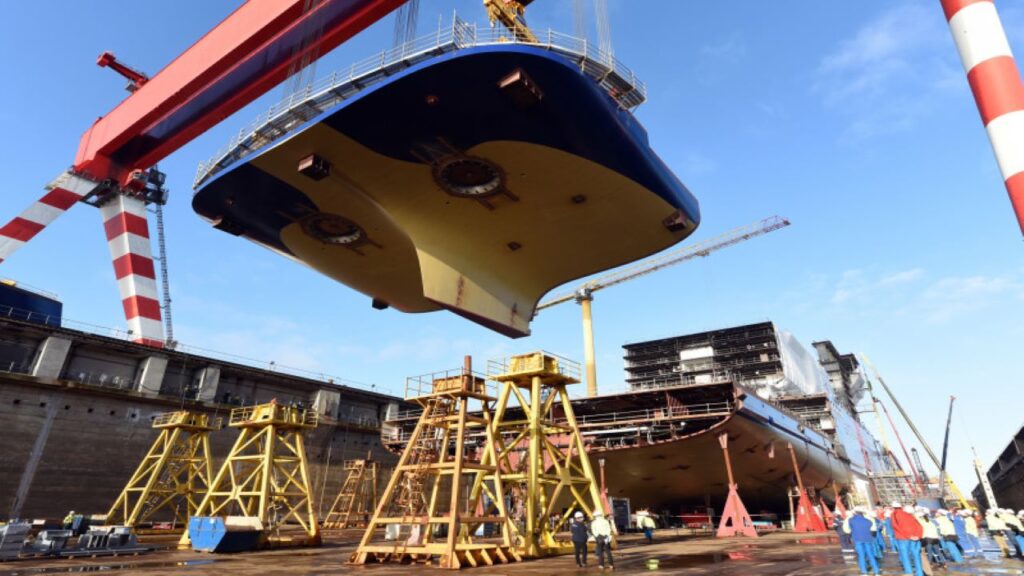The port of Miami, located in Florida, US, is the number one containerised cargo port in the state and stands at number 12 in the country. The port, which provides direct and indirect employment to more than 176,000 people, contributes nearly $17bn to the economy of South Florida annually. The port, popularly known as the ‘cruise capital of the world’ and ‘cargo gateway of the Americas’, is one of the busiest sea ports in the country. The port is spread over an area of 518 acres.
The site where the present day ‘Port of Miami’ is situated was discovered as a Tequesta Indians village by Spanish adventurers in the 16th century. The village was forcefully taken over by England in 1721 from Spain, and was later recovered in 1783. In 1821, Florida was purchased by the US from Spain for $5m. During the same period, some European settlers started to move to the village area.
The port was connected by the Florida East Coast Railway in 1896. The port saw a rapid population growth in 1920 due to a land boom in Florida. The port, however, remained useless for several years because of a strong hurricane that occurred in 1926. Development resumed in the 1930s and many Art Deco buildings were created.
Port of Miami facilities
The port is governed by the port authority of Miami Dade County and handles a wide range of cruise ships and international cargoes.
The port, capable of providing great passenger facilities, is also the home port of some of the best cruise lines such as Carnival Cruise Lines, Azamara Cruises, Costa Cruises, Royal Caribbean International, Norwegian Cruise Line and Oceania Cruises.
The port is facilitated by seven cruise terminals. Terminals D and E can accommodate mega vessels capable of carrying nearly 5,000 passengers. These terminals have an automatic luggage handling facility, security and inspection system, a VIP lounge and other day-to-day operational facilities.
Terminal J caters to passengers of Oceania Cruises, Crystal Cruises, Azamara Cruise Lines and Regent Seven Seas. A $3m upgrade renovated the restrooms, added new furniture, lounge seating and check-in counters to the terminal.
Port of Miami Terminal Operating Company (POMTOC), operating since 1994, is the only non-carrier owned terminal operator of the Miami port.
The company has implemented a chassis camera for gate transaction processing through the Terminal GateVision System. The company has also installed a Terminal Operating System (TOS) for complete visibility of the containers.
Apart from shipping facilities, the port also facilitates banking, finance, commerce, business and manufacturing services. Goods consisting of clothing, pharmaceuticals, medical instruments, printing and metal products are manufactured here.
Security
The port is known for being one of the busiest, and for the sophisticated modern technology used for security purposes. Security departments involved with the port include US Customs and Border Protection, US Coast Guard, Florida Department of Law Enforcement, Florida Fish and Wildlife Commission, and Miami-Dade Police and Fire-Rescue Departments.
The port uses radiation portal monitors (RPMs), an inspection technology, which was installed with the help of US Customs and Border Protection. The monitors help in inspecting the goods and materials without halting cargo movements.
To supervise vessel traffic, Waterside Radar System (WRS) and Radar Video Surveillance (RVS) systems have been installed by Honeywell.
These systems have been integrated with Automatic Identification System (AIS), Global Positioning System (GPS) and video data. The systems help security personnel to act quickly in case of potential threats.
Throughput
The port sees nearly four million ship passengers every year. There is also movement of 7.4 million tons of cargo per year. The port made nearly 4.4 million tons of imports and 3.5 million tons of export in 2007. In 2008, it handled containerised cargo of 828,300 20 foot equivalent units (TEUs) and more than 7.4 million tons of cargo. The port handled over 4.1 million passengers, and 6.8 million tons and 807,069 TEUs of cargo movements in 2009.
Expansion
The Port of Miami is currently carrying out several projects aimed at improving the port and its facilities.
The Deep Dredge project will deepen the port’s existing channel from 42ft to minus 50ft. The project is in response to the Panama Canal Expansion. It will enable the port to handle mega cargo vessels that will pass through the Panama Canal.
The US Army Corps will execute the project under a partnership agreement signed with the Port of Miami. The construction agreement was signed by the two parties in August 2012. The US Army Corps invited bids for the project in October 2012. The $150m project is slated to start in early 2013 and completed by late 2014.
A $915m Port Tunnel is also being executed at the port to improve roadway access. The project will connect highways I-395 and I-95 and the MacArthur Causeway on Watson Island with the port. It is scheduled for completion in 2014.
The existing bulkheads and seawall near Wharves I-VII are also being upgraded under a separate project. The upgrade will enable the port to receive large cargo vessels upon completion of the Deep Dredge project.
Future plans
The port is expected to get investments of $1bn in infrastructure assets. It will also see the expansion of Panama Canal by 2014. The port will be directly connected to Watson Island by a new tunnel (Port of Miami Tunnel). The $1bn tunnel project began in May 2010 and is expected to be ready by 2014.
The main channel harbour is currently being dredged to a epth of 50m to facilitate the world’s largest container ships accommodation. The port is also building an intermodal and distribution network.
Crane management
The port’s container handling equipment and gantry cranes are managed and maintained by Port of Miami Crane Management. The port uses nine ship-to-shore container handling gantry cranes. Cranes 4-6 are comprised of three Kocks and have been working since 1980. The recently electrified cranes work on 13.2KV of electric power. Cranes 7-10 use diesel power for operation. Cranes 11 and 12 run on 13.2 KVAC shore power and are installed with an ABB DCS600 MultiDrive System, an AC410 Advant Controller and CMS, Flender gearboxes, Bubenzer brakes and ZPMC 20/40/45/2-20 65LT Twin-Lift Spreaders.
Four additional Super-Post Panamax cranes have been procured by the port to handle large container cargo vessels. The cranes are under construction and will be delivered in 2013.

